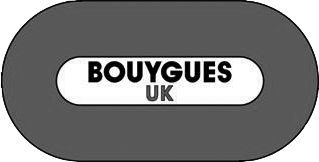Are Helical Piles A Better Choice Than Concrete?
February 17, 2017 11:50 amBefore you can determine which type of structural foundation is more beneficial, you must first have a clear understanding of what each of them do and then weigh up the various pros and cons.
Concrete is used a great deal in construction because it is affordable, durable, flexible and strong. In addition, it is extremely resistant to fire. Although it is undoubtedly brilliant at distributing the weight of large structures unfortunately, unless special equipment is used or very arduous excavation is implemented concrete can only be used at fairly shallow depths. This results in the entire area becoming susceptible to the effects of corrosion and soil compaction, which is bad news for the surrounding plants and buildings.
Alternatively, helical piles can be quickly installed, with more convenient and easy-to-manage equipment. Once everything has been designed and constructed, the helical piles are screwed into the ground using machinery to ensure security. The piles act as an anchor, locking the structure above to the soil beneath. Unlike with a concrete foundation, only a small amount of ground may need to be dug out, saving time and money on both digging and disposing.
With helical piles, there is no need to wait for materials to dry or set, meaning the rest of the structure can be added immediately, again saving time. They have a limited impact on the environment because installation keeps noise pollution to a minimum and there is little or no ground vibration. They are also recyclable if ever removed.
As well as being environmentally friendly, helical piles are also cheaper than concrete foundations keeping your overall costs for the project down. Whilst they become progressively more popular, helical piles are now accepted as the preferred option for structural foundations.
Categorised in: Uncategorized




















